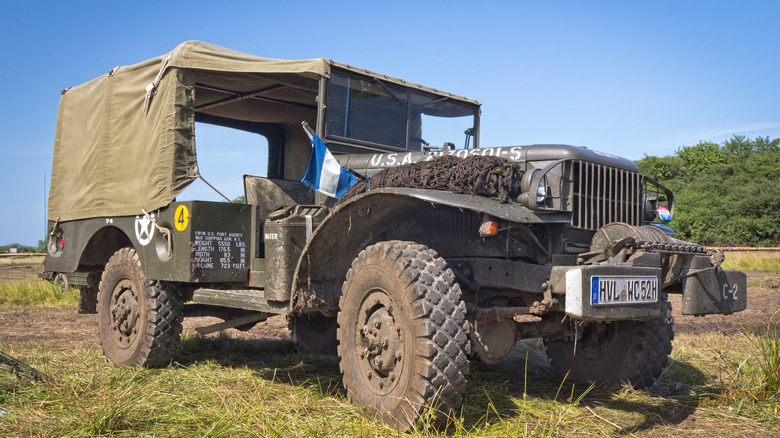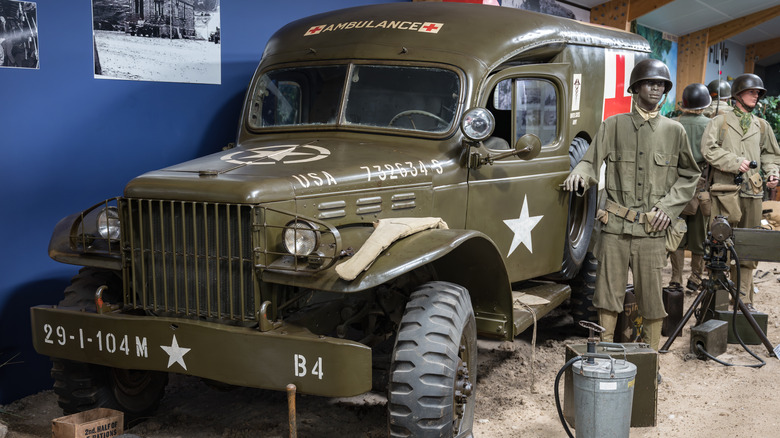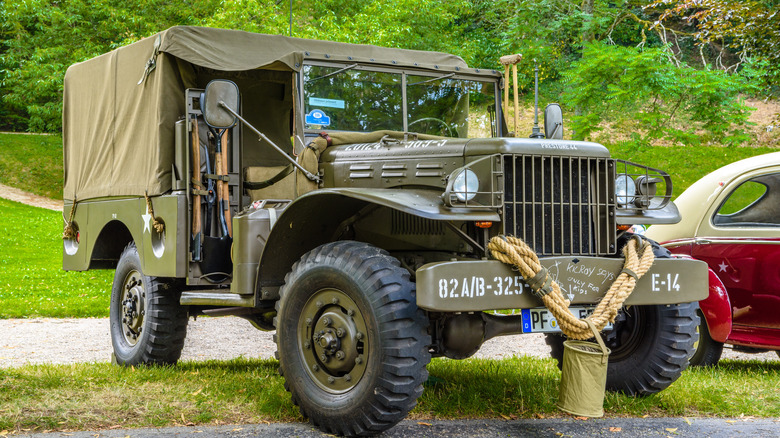One of the most devastating times in modern human history also stands as one of the few times when massive American companies flocked together to assist the Allied forces to victory. You had Harley-Davidson and Indian Motorcycles making bikes for the troops, Ford stepping up with its famous and equally massive 18-liter GAA V8 engine (which powered the battle-dominant M4 Sherman), and General Motors, whose Fisher Body division was responsible for over 18,000 tanks and tank destroyers.
Among these manufacturers is Dodge (under Chrysler), whose WC series of light trucks is often considered to be the nameless hero of World War II. This is because WC light trucks were found in nearly every land-based theater of war. Thanks to their versatility and reliability, they came in various types for different uses, including the more common cargo transporter version, ambulances, dump trucks, and pickups, as well as command, reconnaissance, radio, weapon carriers, and telephone installation variants. Given their widespread use, these trucks quickly became a crucial part of daily military operations, which ultimately contributed to the Allied forces’ victory.
The WC replaced the VC, which was essentially a civilian truck adapted for war
Dodge started production on the WC trucks in 1940, aiming to create a vehicle that could step in place of the Dodge VC trucks, which had been light civilian trucks repurposed for the war. Like the VCs, the WCs were also designed to be light trucks. However, they were built from the ground up as military vehicles. The first model, named the WC-1, would herald several different models of the WC, with Dodge giving them designations that not only denoted their use on the battlefield but also what kind of features and specifications they came with.
Among the first notable designations were the WC-1 to WC-5 trucks, which were used as express body trucks and had features such as closed cabs for the WC-1 and WC-5 and traverse seats for the WC-3 and WC-4. These designations ran all the way to the 60s, with Dodge making a truck for almost every application on the front lines. Among these, the WC-51 (cargo truck) and WC-52 (cargo truck with a winch) became one of the most common, since the automaker produced 123,541 and 59,114 of them, respectively, between 1942 and 1945.
The WC served on many frontlines throughout the war
Dodge also produced thousands of other variants of the WC, such as the WC-54, which was an ambulance with 26,002 trucks built between 1942 and 1944. In addition, there were the WC-62 and WC-63, both 6×6 one-and-a-half-ton trucks manufactured between 1943 and 1945. Dodge produced over 20,000 trucks of each type, with the only difference between the two being that the WC-63 was equipped with a winch.
However, some of the variants were produced in very limited numbers, like the express body WC-5 and chassis-only WC-20, which had only 60 and 30 units built, respectively. The 4×2 panel WC-37 and WC-49 each had only six and eight units made, while the WC-50 and WC-39, both of which were 4×2 telephone installations, each had only one unit built.
Regardless of variant production, each WC became essential to daily military operations, where they weaved through the fire to transport weapons and troops, rescue injured soldiers, and serve as command platforms, among many other activities. You could even argue that without them or any other vehicle serving similar purposes, the war might have ended quite differently. So, while history might praise more prominent crafts like the Sherman or Boeing’s B-17 Flying Fortress, remember that the WC played just as important a role in helping the Allies achieve victory as those vehicles.



